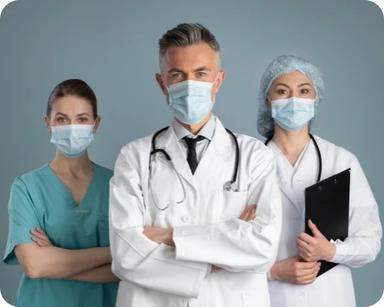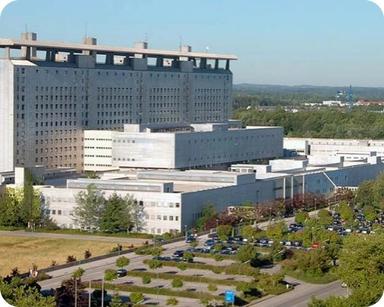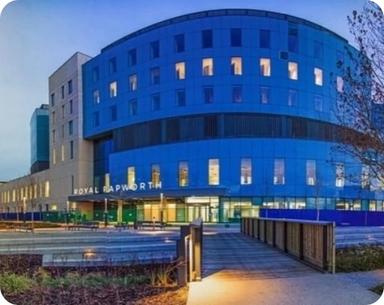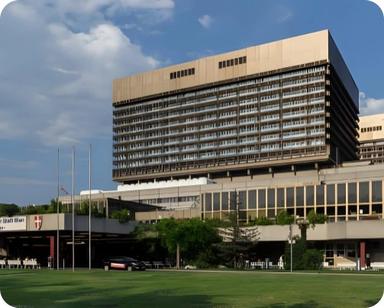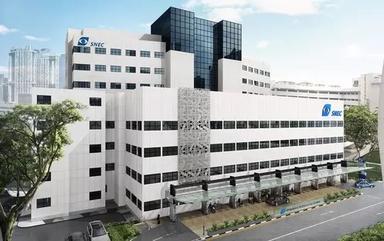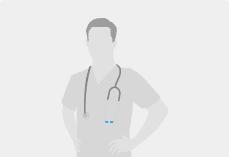الحزم تبدأ من
$11000
هل تحتاج إلى مساعدة في اختيار الحزمة المناسبة لرحلتك الطبية؟
بياناتك الصحية محمية معنا
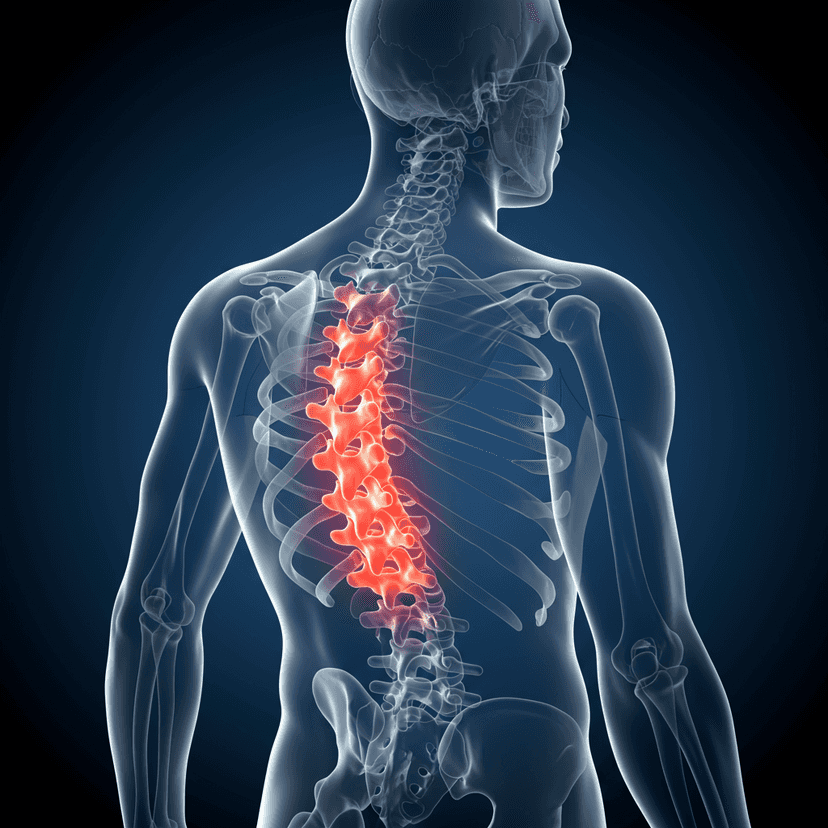
تحويل الحياة بـ الجنف
الجنف هي حالة طبية حيث منحنيات العمود الفقري جانبيًا ، عادةً في شكل "S" أو "C. في حين أن الجنف المعتدل قد لا يسبب مشاكل مهمة ، فإن أشكالًا معتدلة إلى شديدة يمكن أن تؤدي إلى الألم ، ومشاكل الموقف ، وصعوبات التنفس ، وتقليل التنقل. يمكن أن تظهر الحالة في أي عمر ولكن يتم اكتشافها بشكل شائع خلال طفرة النمو قبل البلوغ مباشرة (جنف مجهول السبب المراهق).
العلاج يعتمد على شدة المنحنى, عمر, سبب أساسي, و خطر التقدم. قد تحتاج الحالات الخفيفة فقط إلى ملاحظة ، في حين أن الحالات المعتدلة قد تتطلب تقوية. قد يتطلب الجنف الشديد أو التدريجي تصحيحًا جراحيًا ، وعادة ما يكون الانصهار الفقري. العلاج الطبيعي ضروري في جميع مراحل تصحيح الموقف ، وتعزيز الأساس ، وتحسين الوظيفة الإجمالية.
4.0
90% مصنف قيمة مقابل المال
فوائد الجنف
يمنع منحنى تقدم
-
يحسن الموقف ومواءمة العمود الفقري
-
يقلل من آلام الظهر وعدم الراحة
-
يعزز وظيفة الرئة والقلب (في منحنيات شديدة)
-
يعزز التنقل البدني والتوازن
-
يزيد من احترام الذات وصورة الجسم
لماذا تختارونا؟
97%
معدل النجاح
2+
الجنف الجراحين
0
الجنف
2+
المستشفيات في جميع أنحاء العالم
0
الحياة التي تم لمسها
نظرة عامة
الجنف هي حالة طبية حيث منحنيات العمود الفقري جانبيًا ، عادةً في شكل "S" أو "C. في حين أن الجنف المعتدل قد لا يسبب مشاكل مهمة ، فإن أشكالًا معتدلة إلى شديدة يمكن أن تؤدي إلى الألم ، ومشاكل الموقف ، وصعوبات التنفس ، وتقليل التنقل. يمكن أن تظهر الحالة في أي عمر ولكن يتم اكتشافها بشكل شائع خلال طفرة النمو قبل البلوغ مباشرة (جنف مجهول السبب المراهق).
العلاج يعتمد على شدة المنحنى, عمر, سبب أساسي, و خطر التقدم. قد تحتاج الحالات الخفيفة فقط إلى ملاحظة ، في حين أن الحالات المعتدلة قد تتطلب تقوية. قد يتطلب الجنف الشديد أو التدريجي تصحيحًا جراحيًا ، وعادة ما يكون الانصهار الفقري. العلاج الطبيعي ضروري في جميع مراحل تصحيح الموقف ، وتعزيز الأساس ، وتحسين الوظيفة الإجمالية.
أعراض
أكتاف غير متساوية أو خصر
-
ورك واحد أعلى من الآخر
-
منحنى ملحوظ في العمود الفقري
-
يميل إلى جانب واحد
-
آلام الظهر أو التعب بعد الوقوف
-
صعوبة التنفس (في الحالات الشديدة)
أسباب
مجهول السبب (أصل غير معروف - الأكثر شيوعًا في المراهقين)
-
خلقي (تشوهات الفقرات الموجودة عند الولادة)
-
العصبية العضلية (ه.ز., بسبب الشلل الدماغي ، ضمور العضلات)
-
التنكسية (تنكس القرص المرتبط بالعمر)
-
الاستعداد الوراثي
-
الصدمة أو إصابة العمود الفقري
الخطوات النموذجية المتبعة في الجنف
1. تشخبص:
-
الفحص البدني ، الأشعة السينية ، التصوير بالرنين المغناطيسي/التصوير المقطعي لتقييم منحنى العمود الفقري (زاوية الكوب).
2. ملاحظة:
-
للمنحنيات أقل من 20 درجة مع انخفاض خطر التقدم.
-
متابعة منتظمة كل 4-6 أشهر ، خاصة خلال فترات النمو.
3. تستعد:
-
موصى به للمنحنيات بين 20 إلى 40 درجة في نمو الأطفال/المراهقين.
-
تشمل الأنواع Boston Brace و Milwaukee Brace و Light Time.
4. علاج بدني:
-
تعزيز الأساس ، والتمدد ، وتصحيح الموقف.
-
طريقة شروث وبرامج التمارين الخاصة بالجنف الأخرى.
5. جراحة:
-
بالنسبة للمنحنيات> 45-50 درجة أو جنف التقدمي.
-
الالتحام الشوكي هي الجراحة الأكثر شيوعًا ، التي تنطوي على قضبان ومسامير لإعادة تنظيم العمود الفقري ودمجها.
-
وتشمل البدائل ربط الجسم الفقري (تقنية تعديل النمو في الحالات المختارة).
6. رعاية ما بعد العلاج:
-
إعادة التأهيل وإدارة الألم وتصوير المتابعة.
-
تعديلات نمط الحياة لتجنب التكرار أو المزيد من القضايا.

